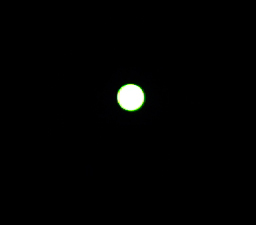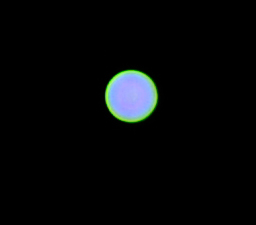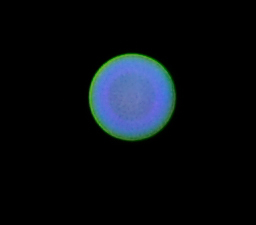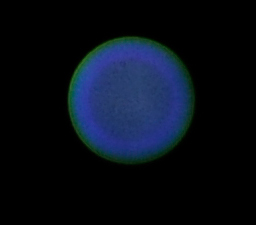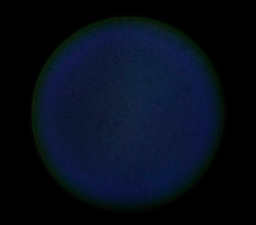EXCERPT page containing first few paragraphs. 2024-04-18 01:52:19
UA_SEARCH_BOT_null @ 3.133.147.252
For full access, subscribe here. Or click title to login. ![]()
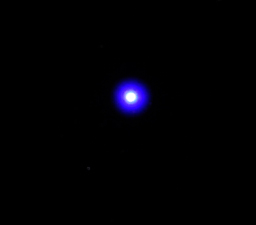
Zeiss ZF 85/1.4 Planar@ f/1.4
Circle Of Confusion
The circle of confusion refers to the blur produced by an out-of-focus point of light. Usually discussed in theoretical terms, real blur circles are often misshapen or smeared.
The blur circle or circle of confusion (CoC) limits how much detail can be captured. A one-stop change alters the blur circle by √2 in diameter with each f-stop. The size of this CoC is the essence of depth of field.
While stopping down shrinks the CoC for improving depth of field, but it also tacks on diffraction effects which work to effectively enlarge the blur circle (simplification, see Huygens wavefront principle) with a reduction in contrast the main effect seen at first, followed by loss of resolving power into undifferentiated gray.
Article continues for subscribers...
Diglloyd Making Sharp Images is by yearly subscription. Subscribe now for about 13 cents a day ($50/year).
BEST DEAL: get full access to ALL 8 PUBLICATIONS for only about 75 cents a day!
Diglloyd Making Sharp Images articulates years of best practices and how-to, painstakingly learned over a decade of camera and lens evaluation.
Save yourself those years of trial and error by jump-starting your photographic technical execution when making the image. The best lens or camera is handicapped if the photographer fails to master perfect shot discipline. High-resolution digital cameras are unforgiving of errors, at least if one wants the best possible results.
- Eases into photographic challenges with an introductory section.
- Covers aspects of digital sensor technology that relate to getting the best image quality.
- Technique section discusses every aspect of making a sharp image handheld or on a tripod.
- Depth of field and how to bypass depth of field limitations via focus stacking.
- Optical aberrations: what they are, what they look like, and what to do about them.
- MTF, field curvature, focus shift: insight into the limitations of lab tests and why imaging performance is far more complex than it appears.
- Optical aberrations: what they are, what they look like, and what to do about them.
- How to test a lens for a “bad sample”.
Intrigued? See Focusing Zeiss DSLR Lenses For Peak Performance, PART ONE: The Challenges, or (one topic of many) field curvature.



